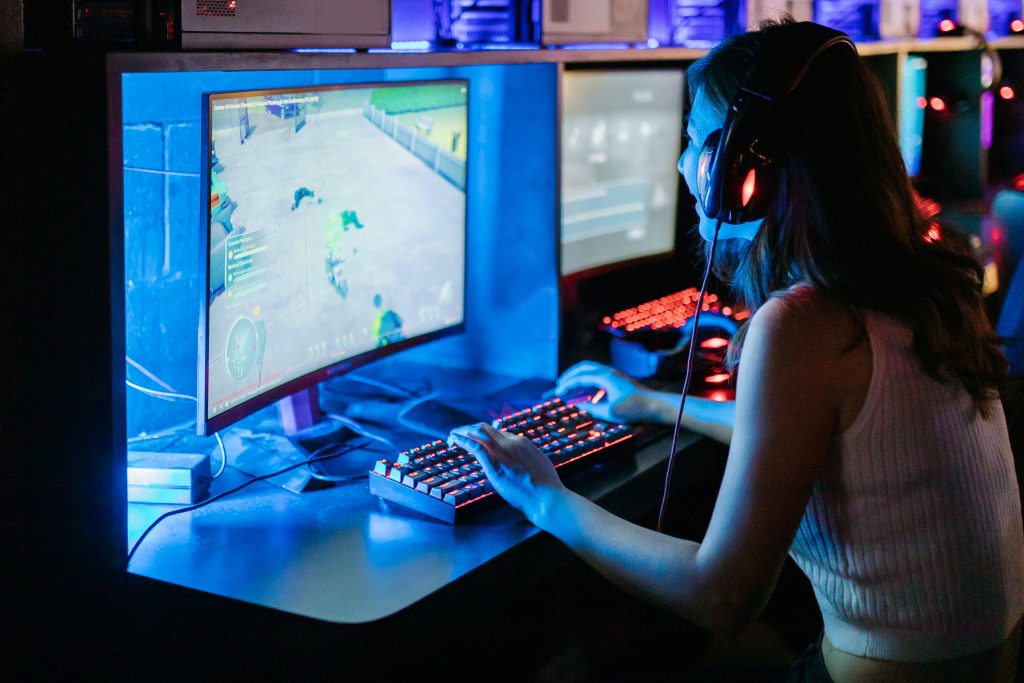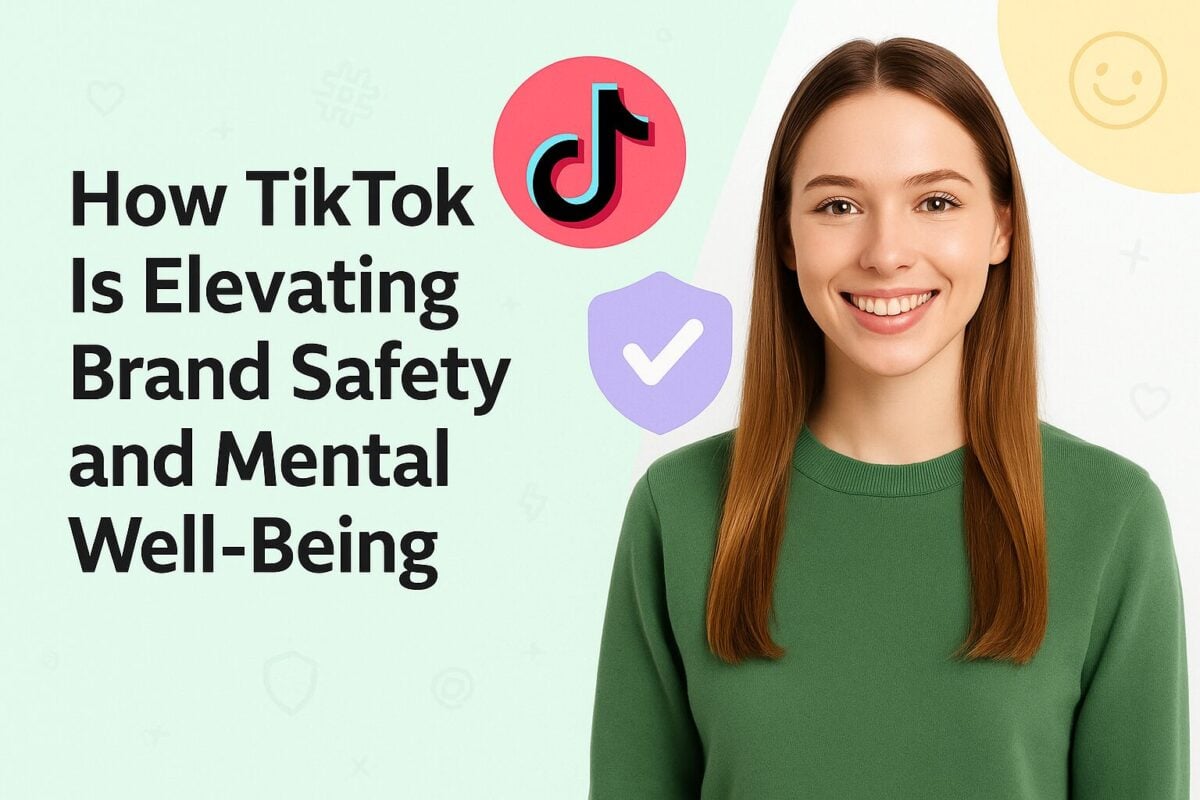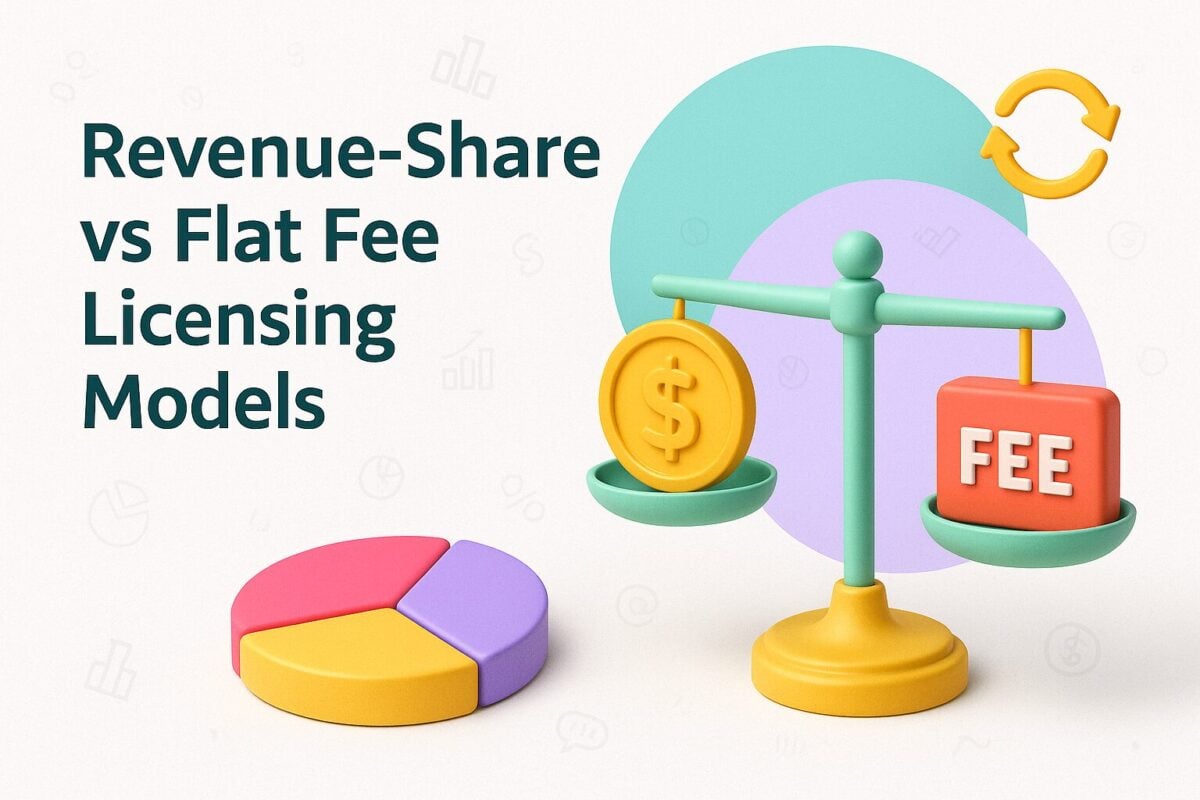The growth of the gaming industry has really ramped up over the last few years and it doesn’t look like it will be stopping anytime soon. Going back 10 to 15 years ago, gaming had nowhere near the same level of exposure as it does now. Its community was much more of a tight-knit group than what we know it to be. Today, gaming has become mainstream. The question is, do we have influencers to thank for that?
The gaming industry’s growth is explosive and is set to continue through 2022. According to Finances Online there were 2.69 billion video game players worldwide in 2020, with this rising to 3.07 billion in 2023 based on a 5.6% year-on-year growth forecast. As well as more global gamers, Newzoo reported that the global esports audience will grow 8.7% year-on-year to reach a whopping 532 million viewers. Although you would be forgiven for thinking that this audience must consist of die-hard gamers, 271 million of this segment are occasional viewers who consume esports content less than once a month.
More gamers and viewers around the world comes with more opportunities for revenue. Accenture reported that in 2021, the value of the gaming industry had surpassed $300 billion, which is more than the markets for film and music combined.
Thanks to lockdown and the days of banana bread baking, Tiger King and online pub quizzes, more people were at home with time to fill. As a result of this, video game entertainment, or consuming content around it, soared. In fact, 62% of adults in the UK played some form of video game during this time, the most popular being Nintendo’s Animal Crossing.
We all know that the gaming industry is thriving right now but the question is, what caused this surge in popularity for what was previously considered a niche market? Well, influencers and content creators could be the answer.
We have seen an influx in influencer and content creator culture over recent years. The influencer marketing industry is predicted to reach $16.4 billion in 2022 alone, thanks to platforms such as TikTok, Instagram and YouTube acting as expansive spaces for influencers and creators to create full-time jobs.
With this expansion, it can seem as though there is an influencer in pretty much any category you could think of. For gamers, influencers and creators aren’t a new concept, but instead one that is continuing to grow rapidly.
The growth of gaming and the part that influencers play:
The start of YouTube Gamers
The early 2010s were coined as ‘The YouTube Era’ as many people started to realize the benefits that could be reaped from making content online. People want to pay you for playing Call of Duty and making videos about it? Result.

Source: unsplash.com
One creator who has seen this type of success is Distortion2, who is a gaming creator making content across YouTube and Twitch. Since 2014, he has been creating videos based on the popular action series, Dark Souls and more recently, Elden Ring. The concurrent viewership of his Twitch channel rose sharply to 9,645 and after achieving world record speed runs, his YouTube now has a V30 of 600k+.
Another creator who saw success was Mike Craddock, now CEO of Kairos Group, who began his career as a content creator. From 2010 straight through to 2015 he played Call of Duty and participated in some of the largest esports events in the world, documenting the journey on YouTube. He successfully racked up 55 million views and 500,000 subscribers on YouTube in the process. By the end of his career, Mike had single-handedly made close to 3,000 YouTube videos across several channels.
A new way to watch
After a number of gaming creators such as Mike found success on YouTube, the platform launched a new app in 2015 called ‘YouTube Gaming’ to help gamers find more relevant content. This was merged into the main site of YouTube in 2018, but still provides a dedicated space for gamers and creators alike.
In Q2 of 2021, YouTube Gaming had an average of 699 thousand concurrent viewers and remains to be one of the most used platforms for live streaming games. This was also followed by 11.4 million channels broadcasting live content in Q2 2021 on the popular streaming platform Twitch.
Twitch is a platform dedicated to video game streaming and after being acquired by Amazon in 2014, it made an estimated $2.3 billion in 2020 and had an average of 2.84 million concurrent viewers in 2021.
Platforms like YouTube Gaming and Twitch have opened up lucrative revenue opportunities for creators who can be paid from AdSense, brand deals, sponsorships and merchandise.
Gaming for everybody
Today there are even more people seeing incredible success from creating gaming content, with viewers continuing to increase rapidly. So much so that in 2020, the number of gaming video content viewers had reached a record 1.2 billion.
The ability to consume gaming content online, via streaming channels such as YouTube, has made gaming more accessible, when previously gaming was associated with owning the latest technology to keep up with new releases.
However, many platforms noticed this gap in the market and decided to lower the barrier to entry into the gaming world. This introduced freemium gaming models, where an app or game was completely free to download but included in-app purchases.
After the launch of YouTube gaming, many companies started to strategize how they can play a role in making gaming more accessible.

Source: pexels.com
More recently, Netflix introduced gaming to its streaming platform in November 2021. This was a big move for the streaming giant, making it more of an entertainment hub rather than just another TV & film service.
At the moment Netflix offers 17 games that are free to subscribers, with another four set to launch in May 2022. Part of Netflix’s gaming offering includes a game based on Stranger Things, which is one of the biggest Netflix original shows. Recently this was removed from both the Apple App Store and Google Play Store, ahead of a move to Netflix Games exclusivity in Q4 2022. It’s not the only streaming service to offer this however, with Amazon Prime launching ‘Prime Gaming’ in 2020 after previously offering ‘Twitch Prime’.
Mobile gaming has also become increasingly popular and more people than ever have been using their phones to play games, whether it be Temple Run or Fortnite. 68% of mobile gamers from Great Britain, who spent more time on mobile games since COVID-19, started reporting that they were very or somewhat likely to continue playing mobile games at the same rate after the pandemic ended. In the US, 77% of mobile gamers reported the same thing.
The accessibility to gaming can also be measured by how many households in the UK now have gaming consoles in their homes. In Q1 2010, there were 8.7 million households with a gaming console in the UK alone but this number dropped to 8.2 million in Q1 2020. This is still great news though as it shows a huge demographic of gamers, but there’s even more people now who are able to game without owning an Xbox, Playstation or gaming computer.
Gaming is no longer just for the tech-savvy.
What do influencers have to do with it?
As the world went into lockdown in 2020, opportunities to see our friends and family in real life lessened and instead we looked to keep our connections alive through digital means, in which gaming played a fundamental part.
2020 was the biggest year for the previously mentioned YouTube Gaming, which peaked records for watch time with more people online than ever. However, as the world began to open up, the numbers didn’t drop drastically. In fact, many people realized that their newfound enjoyment for gaming wasn’t limited to lockdown and they stuck around to watch their favorite creators play their favorite games.

Source: pexels.com
The good news for brands looking to market to younger audiences is that gaming influencers have got that audience segment covered. A somewhat difficult demographic to tap into, the coveted 18 to 34-year target market tends to follow at least one gaming influencer according to reports.
For men in this age range, gaming influencers are one of the few types of influencer content that they actively consume. YouGov surveyed 17 countries and found that 12 of these countries see gaming influencers as the most popular, more so than sports influencers in 14 of these countries.
Don’t forget micro creators
There is also a subsection of creators that are known as ‘micro creators’. These are creators that are fairly new to the game and often have less than 10,000 followers.
If you’re planning on using influencers in your marketing strategy and you’re looking to target the gaming industry, your first thought may be to go straight for the big-shot influencers with a large following. That is one strategy, but it’s worth considering connecting with micro creators.
Unlike those with a larger following, a smaller and less saturated audience is more likely to take action when it comes to advertising served to them. As the audience is smaller, the creator has more opportunities to build a deeper relationship and connection with them - meaning they’re more likely to trust their opinion when it comes to sponsored content or partnerships with brands.
Not only do micro creators have a better relationship with their audience but they also have higher engagement rates, whereas having a large following means it’s more unlikely for 100% of your following to engage with the content you post.
As a result of so many creators getting impressive watch times and engagement, brands quickly hopped onto this trend and realized that it was the perfect way to speak to a switched-on audience. Partnerships, collaborations and placements have become commonplace in the
creator economy for brands to connect gamers with their products and services.
Money, money, money…
More brands are connecting with gamers to increase the visibility of their products and services, especially as digital platforms continue to evolve such as the concept of the Metaverse being introduced. With all this being said, it’s not surprising that the biggest revenue for the gaming market was merchandise and advertising. In 2020, the majority of revenue within the gaming industry came from the sales of digital products, with the revenue from advertising within free-to-play video games coming second.
Meanwhile, within the esports industry, it was reported that sponsorships are the highest revenue stream in esports, with a projection of $837m in 2022 which will make up 60% of all esports revenues. Other revenue streams come from merchandise releases, digital assets (NFT/Web3.0), investment rounds and loyalty programs.
The amount that brands are spending on sponsorships within the gaming and esports market is growing year on year, which is great news for creators. In 2019, businesses within the technology sector alone spent $15.9 million on sponsorship deals within the esports market.
It’s not just for gaming companies
Non-gaming brands are also on the roster of people seeing huge success from activations or partnerships within the gaming industry.
KFC is a great example of a non-endemic brand that has truly connected with gamers to create successful relationships and the results have been huge.
As part of an activation led by Kairos Media, the agency utilized channels most popular with gamers including Twitter, Instagram and YouTube to launch a ‘KFConsole’ - a gaming console that also lets you cook chicken. Game-changer.
The campaign overall had 8.5 million keyword searches across Google, 4 million+ engagements and 35.1 million+ organic impressions. The potential for advertising within the gaming industry really is no joke and this is just one example of it.
What’s the verdict?
It’s hard to deny the colossal growth of the gaming industry. In terms of the role influencers and content creators played in this, it’s a significant one.
Without creators streaming their own content, the likes of Twitch or YouTube Gaming may have ceased to exist. The creator economy within this market has grown rapidly hand-in-hand with the industry, so it’s safe to say that there is a fundamental space for gaming creators.
Overall, it’s an exciting time to be an influencer or creator in the gaming industry and it’s time for more brands to reap the rewards.



